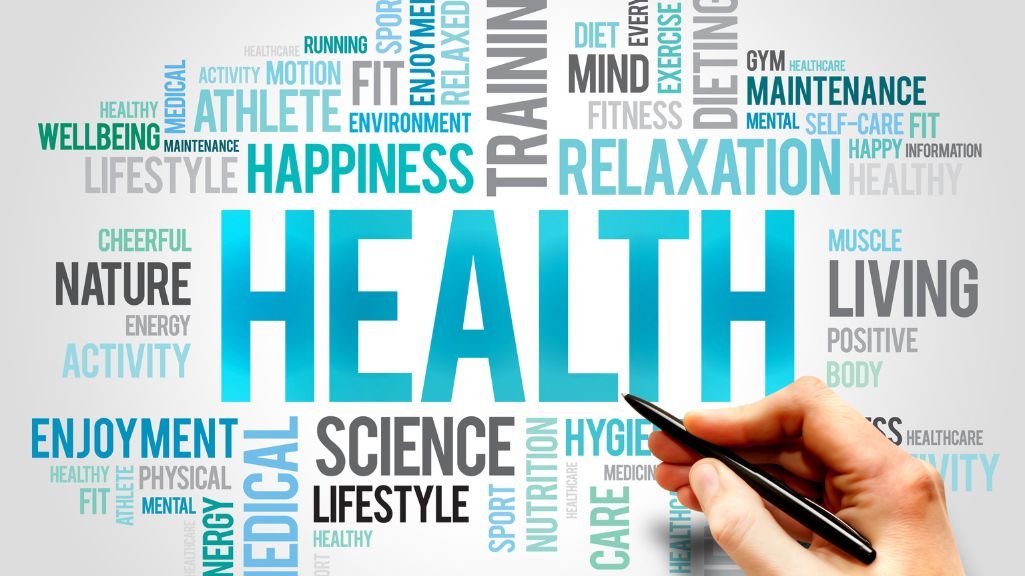Improving Health Literacy: Strategies for Better Health Outcomes
Vikash Jain
. 3 min read
Personal health literacy is the degree to which individuals have the ability to find, understand, and use information and services to inform health-related decisions and actions for themselves and others. Organizational health literacy is the degree to which organizations equitably enable individuals to find, understand, and use information and services to inform health-related decisions and actions for themselves and others. By incorporating the expertise of developers, we can bridge the gap between health knowledge and actionable decisions, ensuring that the colorectal outreach program caters to the specific needs and health literacy levels of the target community.

Health Literacy: Crucial Aspect in Health Care and Public Health affairs
Lack of health literacy is an important factor leading to the health disparities including and up to issues related to cultural awareness. Healthcare practitioners should know and respect patients’ cultural beliefs in terms of what is or is not acceptable in their principles. Likewise, other latest researches have proof that in spite of the stable advances in the inclusive health of the United States (US), racial and cultural subgroups still experience a lesser quality of healthcare and are less likely to obtain routine medical treatments. However, issues related to health literacy and cultural awareness have important topics of concerns, when looking at vaccinations like HPV vaccines.
Why is Health Literacy Important?
1. The effects of poor health literacy has a drastic impact on public health outcomes and the global burden of disease, incurring astronomical cost, pressure on services, quality-adjusted life years, morbidity and mortality worldwide.
2. Poor health literacy results in poor decision making surrounding health and lifestyle, poor health outcomes, poor self management, increased risk of hospitalization, avoidable hospital visits and admissions, and an increase in risky decision making behaviors.
3. According to the Centers for Disease Control and Prevention, nearly 9 out of 10 Americans have limited health literacy skills and struggle with understanding health-related information.
4. This can affect their ability to manage their health, take medications appropriately and engage in shared health care decision-making. Limited health literacy is linked to worse overall health status, more emergency room visits, more hospitalizations and higher mortality rates.
How to Improve Health Literacy?
Increasing the nation's health literacy requires a collaborative effort: Therefore, HHS has worked with more than 700 public and private sector partners to develop a National Action Plan to Improve Health Literacy.8 This action plan seeks to engage organizations, professionals, policy makers, communities, individuals, and families in a linked, multi-sector effort to improve health literacy.
Principle of Health Literacy: Everyone has the right to health information that helps them make informed decisions and health services should be delivered in ways that are understandable and beneficial to health, longevity, and quality of life. With the proper delivery of information, we can foster a culture of improved health literacy to improve the health of individuals and of all communities.
Use Plain Language: An important strategy is to use plain language in both verbal and written communications. According to plainlanguage.gov, plain language should ensure that users can find what they need, understand what they find, and use what they find to meet their needs.
Key Elements of Plain Language Include
1. Organizing information so the most important points come first.
2. Breaking complex information into understandable chunks.
3. Using simple language and defining technical or medical terms.
4. Using the active voice.
Use of Visual Aids
Visual aids developed with persons with low-literacy demonstrated statistically significant improvements in health literacy outcomes, with benefits in medication adherence and comprehension also reported. Pictograms and videos were the most effective visual aids. Only one study adapted consent procedures for low-literacy participants. Experimental research in low- and middle-income countries, with a particular focus on consent for participants with low-literacy is needed.
Using Technology to Promote Health Literacy
1. In many developing countries, inexpensive mobile phones have become ubiquitous. Not only do they provide access to health information on the Internet, they also allow users to download free or inexpensive apps so that they can function as television remotes, bike speedometers and flashlights.
2. Health apps also allow the smartphone to act as medical devices, helping patients monitor their heart rate or manage their diabetes.
3. Android phones, that provides a useful symptom checker for common diseases, a first-aid guide, an extensive database of drug and pharmaceutical information (including warnings about possible adverse drug interactions), and listings for health centers in the user’s area.
Conclusion
In conclusion, health literacy is an essential aspect of health care and public health affairs. Lack of health literacy can lead to significant health disparities and poor health outcomes. Poor health literacy affects decision making surrounding health and lifestyle, resulting in an increase in risky decision making behaviors, avoidable hospital visits, and admissions. The use of plain language, visual aids, and technology can help promote health literacy. Improving health literacy can foster a culture of improved health and well-being for individuals and communities alike.
More Stories from
Advancements in Medical Technology: Improving Healthcare Access
Embrace the future of healthcare with these advancements, fostering a more inclusive and accessible healthcare system for all.
The History and Benefits of Cannabis: From Edibles to Pain Management
This article provides an overview of the history and chemical components of cannabis, the psychoactive effects of THC.
Cognitive Enhancers: The Ethics and Implications of Brain-Boosting Drugs
Explore the ethics and implications of cognitive enhancers, also known as "smart drugs," that promise improved cognitive abilities.
The Versatile Guava: A Fruit with a Multitude of Uses
From its delightful taste in culinary creations to its potent health benefits and skincare properties, guava has become a beloved fruit worldwide.
The Role of an Orthopedic Surgeon in Modern Medicine
This article provides an insightful overview of orthopedic surgeons and their significant contributions to modern medicine.










.png?width=40&aspect_ratio=1:1)

